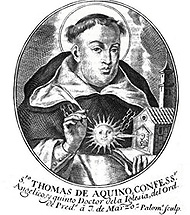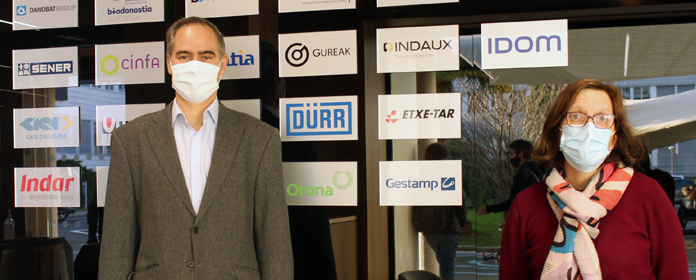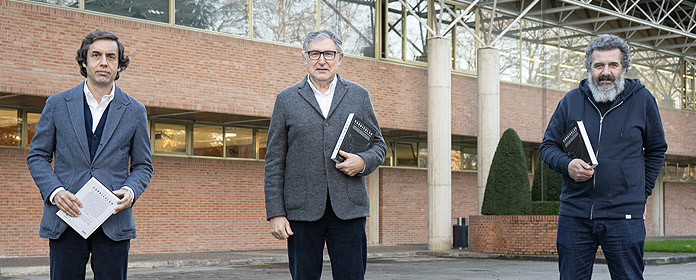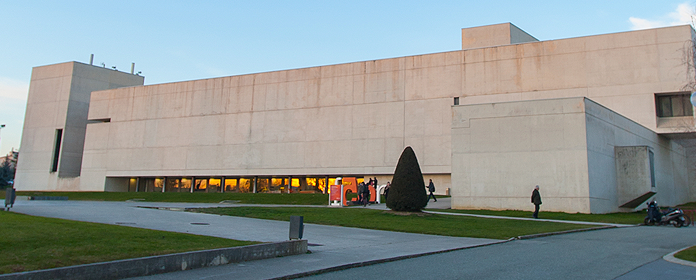St. Thomas Aquinas as professor university

St. Thomas Aquinas is undoubtedly to be revered as a great theologian and a great philosopher, but one of his main occupations was teaching. Moreover, his work relies on the techniques of research typical of so-called 'scholasticism', which were the same as those used to give class.
Accustomed as we are to the use of manuals or Power-Point presentations, it is very difficult for us to imagine what the professors and students of the first universities did. There was no printing press and books were a luxury article , kept in the select libraries of the best educational centers. Moreover, although manuscripts circulated, paper was scarce and expensive, so teaching had a very strong oral component.
For this reason, the training program of the time consisted of attending lectiones on basic subjects in the mornings, and in the afternoons to other complementary subjects, or to the disputationes that were set. In this sense, it can be said that the upper teaching was reserved for highly qualified people, who learned by listening to the learned and watching how they discussed among themselves.
In the lectio - the term from which the word 'lesson' comes from - the teacher would unpack texts before his students, gradually unpacking their origin, their expressions and their meaning. This activity subject professor is at the origin, for example, of the extensive and magnificent commentaries that St. Thomas wrote on the works of Aristotle. Even more important are those that gloss the Sentences of Peter Lombard, the main guide of Theology of the time.
Another subject of lessons was based on the quaestio technique , that is, they consisted of formulating a problem, with its various aspects, and then trying to solve it. To do this, the same outline was always followed: the top experts(auctoritates) were cited in the subject, the main doubts were raised and answers were given to them. The Summa Theologica is faithful to this methodology of work, both heuristic and didactic, which was also the basis of the disputationes.
This way of teaching and learning was certainly very laborious and slow, and the years of study very long, but it had the enormous advantage that the knowledge and intellectual habits were crystallizing with great solidity in the minds of the students. Among other things, because it was very demanding and generated a learning subject very little memoristic, not having so much importance the support of the written word.
He was also very open to innovation, since the university debates, to which both professors and students could participate attend , often generated great expectation. Our patron saint took part in some famous disputes that, without exaggeration, can be said to have changed the course of Theology. A few have been preserved, for example, the one entitled De Magistro, which is a masterpiece of Pedagogy.
Last but not least, it seems clear that St. Thomas was a passionate university student, since he renounced the wealth and power he would have enjoyed as Abbot of Montecasino, to devote himself body and soul to the task of research and teaching. Nor does it seem that he was very interested in his academic degree program , since he went wherever the Order of Preachers, to which he belonged, called him. This lesson of humility is one of the most eloquent that he left us.





